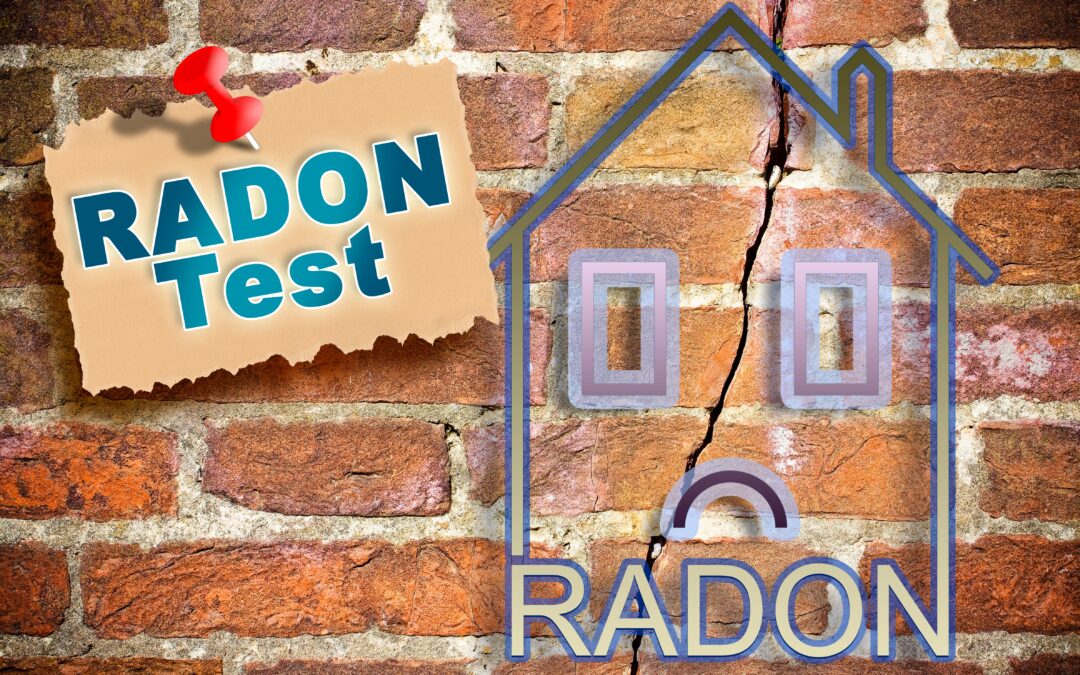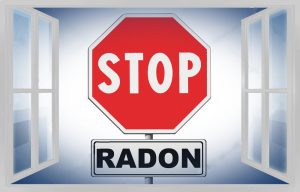Until recently, builders and homeowners were not aware of the dangers of radon gas. This is now the second greatest cause of lung cancer in the United States and Canada. While radon barriers and vents are standard in many new construction homes. The issue of how to cope with high radon levels in older homes that lack a mitigation system still needs to be addressed. Different alternatives are open for different ground and basement problems when you need to mitigate radon.
There is almost always a means to lower radon levels in a house. Whether you just found out or glanced at a radon map that displays your state or district as being at danger of high radon levels.
How Does Radon Get Into A Home?
The basement of your home has the highest concentration of radon gas due to its proximity to the earth. And the “stack effect” created by the difference in pressure between the interior and exterior of the basement.
As a result, more radon gas is pushed into your home through the gaps between low and high pressure locations. This is why a slab-on-grade foundation is preferable than installing a basement for your home.
In contrast to the unrestricted space in basements that almost begs for the buildup of radon gas. A slab-on-grade construction can operate as a barrier between your home and the ground. Radon gas can enter your home through cracks in your walls and floors. As with pipes, which are an open path from the earth into your house, so too can be stated of them.
How Can you Reduce Radon Gas in the Basement?
Because radon gas overexposure can be harmful, you should limit the amount of radon gas in your home. What can you do to lower radon gas levels in your basement?
1) Repair basement cracks
Some fractures in the walls and floors allow radon gas to leak into your home. To keep the ice from piling up, look for and seal any fractures you see.
2) Cover the sump well with a lid
Sump well covers can be installed in your basement to prevent water from leaking into the area below.
3) Open up the vents
As a precaution, if you have a basement window, open it frequently so that gas may depart and fresh air can circulate.
4) Control the temperature in the room
Refrain from over-cooling or over-heating your home in response to extreme weather conditions. This is to offset the stack effect in your basement. The greater the temperature difference between your basement and the outside, the greater the stack effect.
5) Layer with plastic sheets
Install a plastic sheet in your basement or crawl space to prevent moisture from getting in. As long as your house is under construction, the sheet will stop radon gas from getting into your home.
6) Install a radon barrier
An effective radon gas membrane barrier is preferable to plastic sheeting. Because it was designed with radon gas prevention in mind.
To prevent radon gas from entering your basement, the barrier must be sealed all the way to your house’s outer wall.
7) Insulate with spray foam
Spray foam insulation can be applied on the floor and along the walls of your basement to prevent radon gas from leaking into your space.
8) Set up a radon mitigation system in your home
Installing a radon gas mitigation system may be an excellent idea. It’s possible to find ventilation systems with nothing more complicated than a pipe leading from the ground to the outside of your home. There are experts who can assist you figure out how complex your system should be.
9) Use an exhaust fan
There are several benefits to installing an exhaust fan in your home. This includes the ability to reduce radon gas levels as well as improve indoor humidity.
The exhaust fan, like the radon mitigation system, directs radon gas through your home. Increased air flow will also assist keep your basement’s humidity low, reducing the growth of mold.
10) Use concrete slabs as a base layer
Adding a concrete slab over your current ground floor to create a radon-sealing zone under your house is an option if you’re ready to spend the money. There is no danger to anyone because the radon gas accumulates in a region that is inaccessible to the public.
If you’re concerned about radon gas levels in your home, it’s always a good idea to arrange a radon gas removal appointment at least once a year.
11) Have a ceiling barrier
A radon gas barrier in your basement can also assist keep the gas out of the rest of your house. Because it won’t be polluting your higher levels like the additional concrete slab. This ceiling barrier will keep radon gas in your basement and make it easier to remove.
12) Depressurization of the sub-slab
To reduce the amount of radon gas in your basement, you should engage a professional to perform sub-slab depressurization.
The vapor barrier under your house is drilled into your basement floor to see if it has gathered radon gas. And if so, fans and pipes are utilized to remove the gas from your home.
13) Make use of an air purifier
In the end, air purifiers are intended to remove radon gas from the air. A series of filters remove all of the air’s potentially dangerous particles before it is drawn in. The activated carbon filter then removes the radon. Putting one here in your basement is all that is necessary.
Know how the Atlantic Radon Mitigation team can help you reduce radon in your basement.




